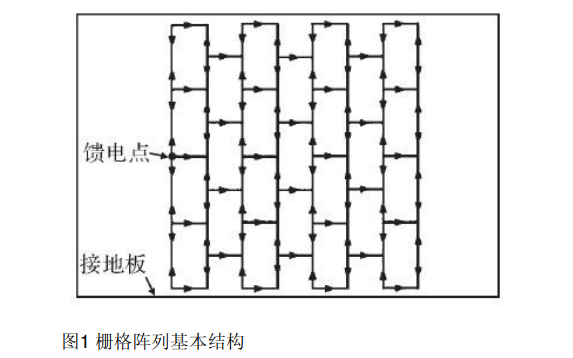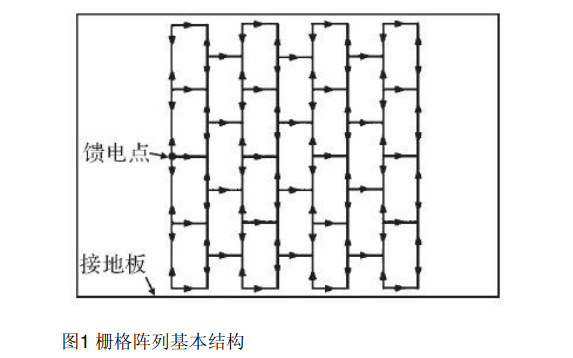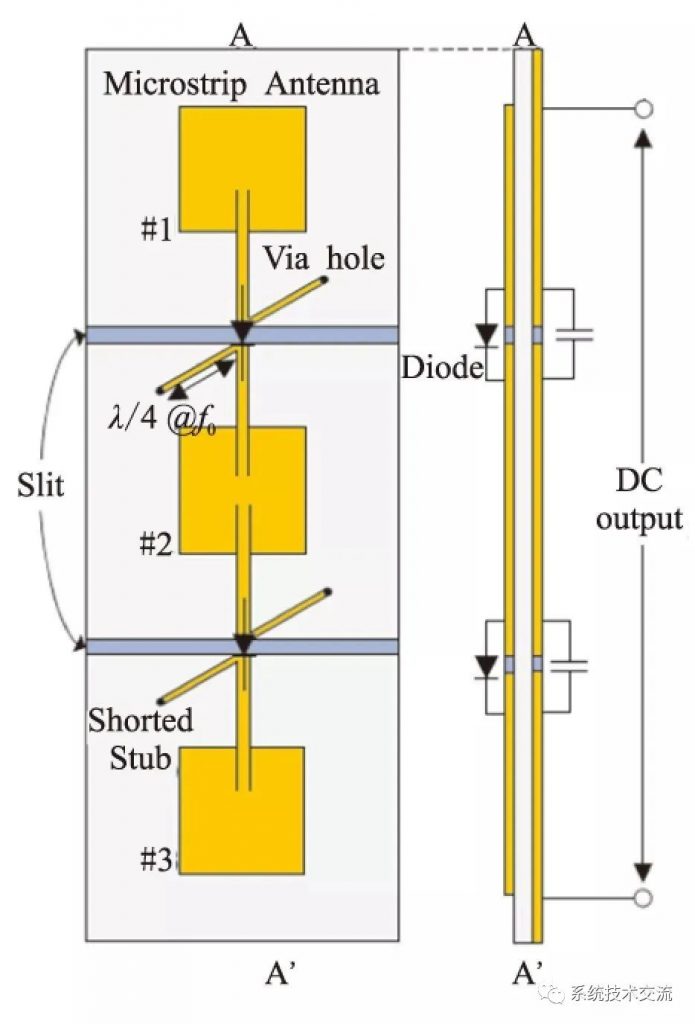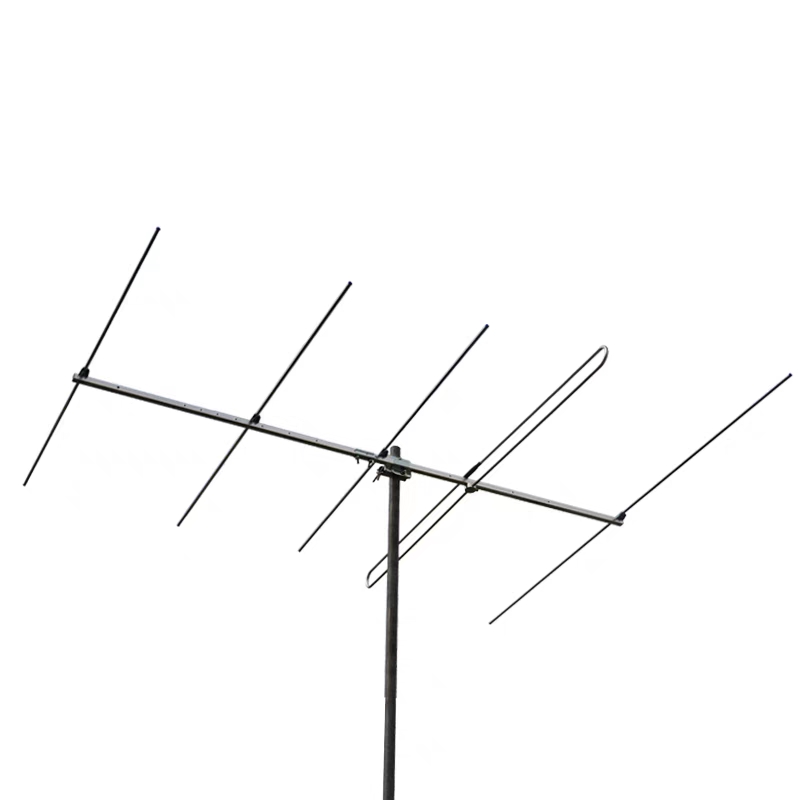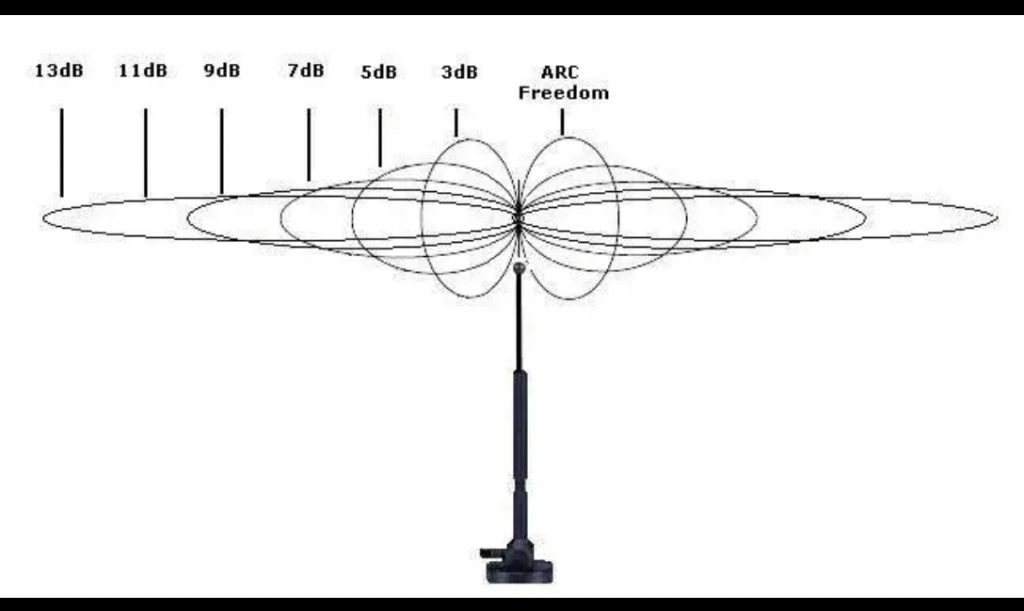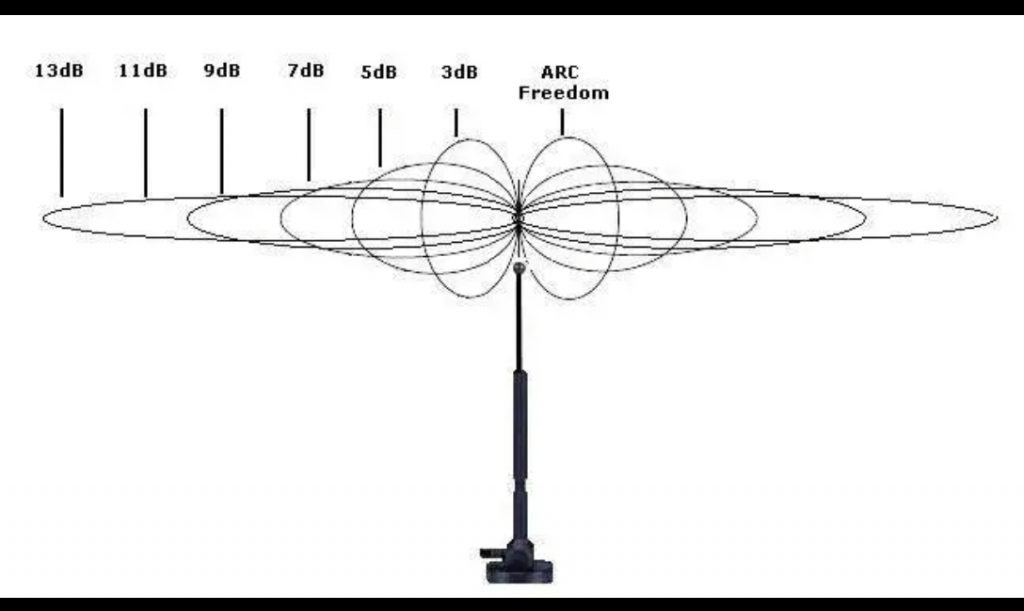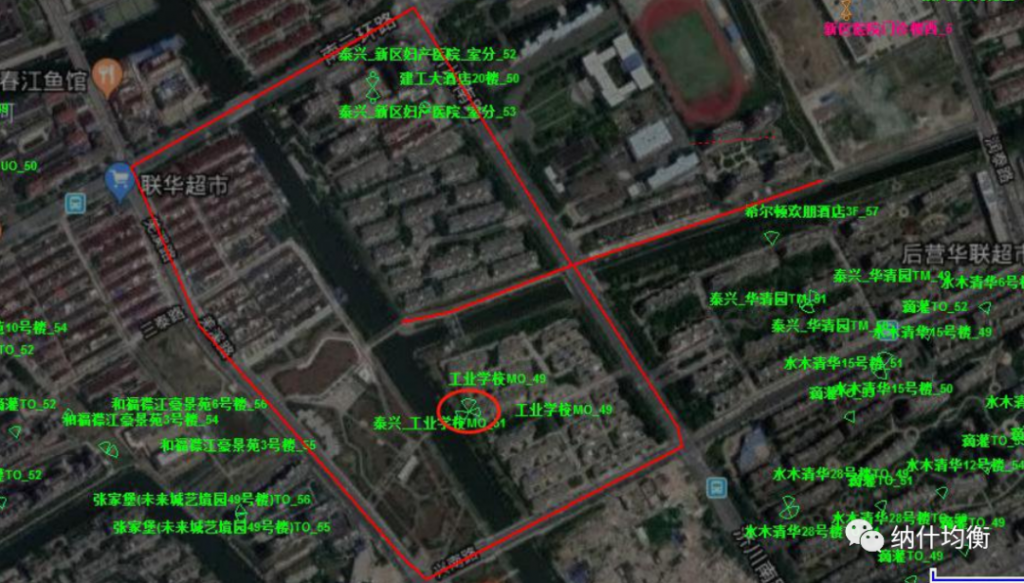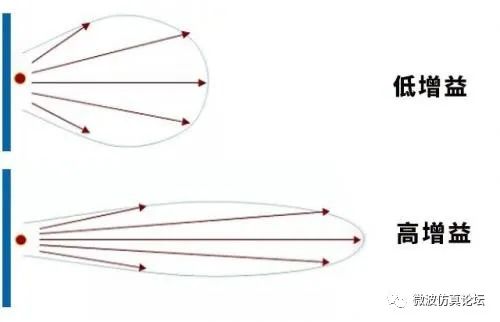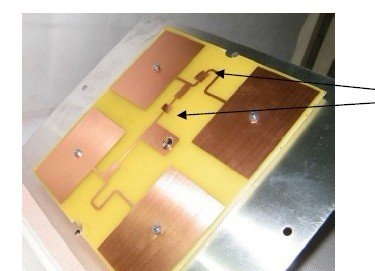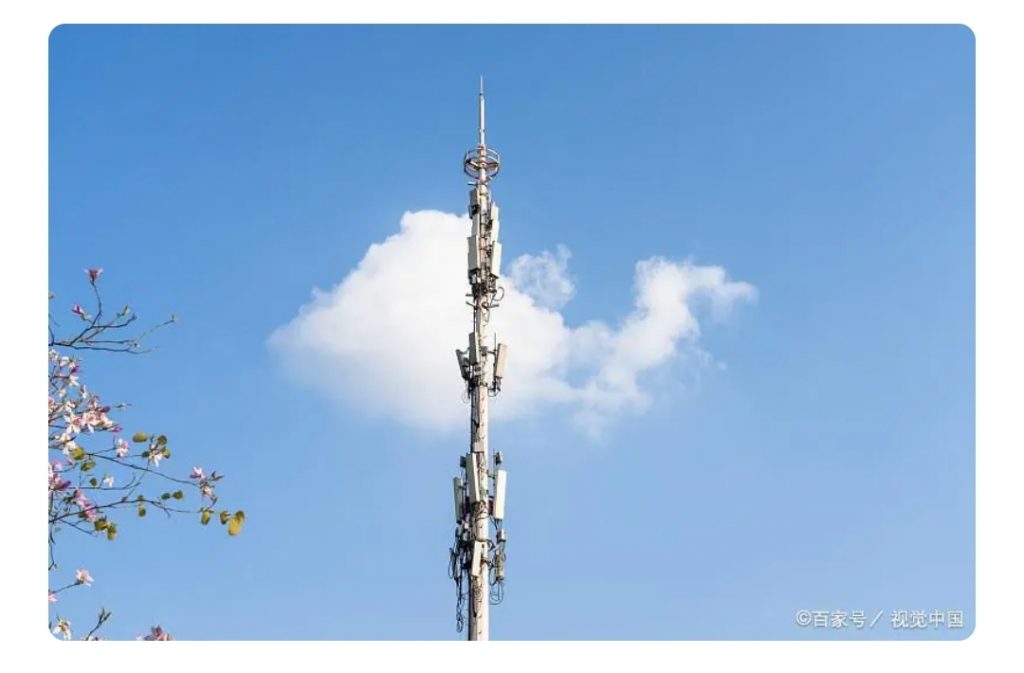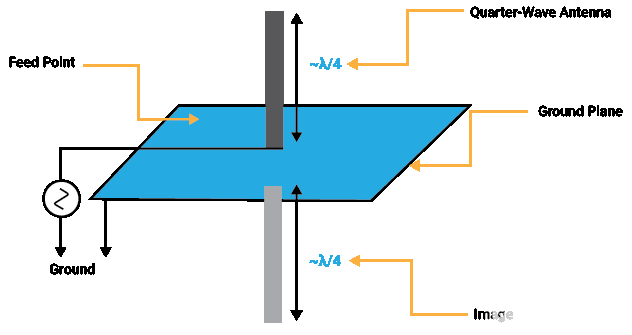Reflectors are widely used to change the lobe pattern of an antenna. Using a sufficiently large flat reflector can eliminate the back radiation of the antenna and significantly increase the antenna gain. In this paper, five radiating elements of the grid array antenna are selected, a finite planar reflector is added behind it, and the distance between the antenna and the reflector is adjusted to make the antenna achieve the best effect. The antenna has the characteristics of simple structure, low profile, easy conformal, etc., and has radiation characteristics such as high gain and low sidelobe. Therefore, the analysis and research on the radiation characteristics, feeding methods, and numerical calculations of such antennas have attracted much attention, and they are more and more widely used in modern wireless communication systems.
1 Grid array The grid array is an array antenna composed of grid units. As shown in Figure 1, a metal conductor is used as a rectangular grid unit, and each rectangular unit has a length of λ0/2 and a width of λ0/4. The array is placed in parallel on the ground plane, and the distance from the ground plane to the grid array is about It is λ0/4. The feeding of the whole array is very simple, the inner conductor of 50 Ω is passed through the hole on the ground plate and connected to the grid array, and the outer conductor is welded on the ground plate. The arrows in the figure indicate the instantaneous current distribution, and the current phases on all short sides of the grid unit are consistent, which is the main radiation unit. 25 main radiating units can achieve a gain of 18.1dBi.
